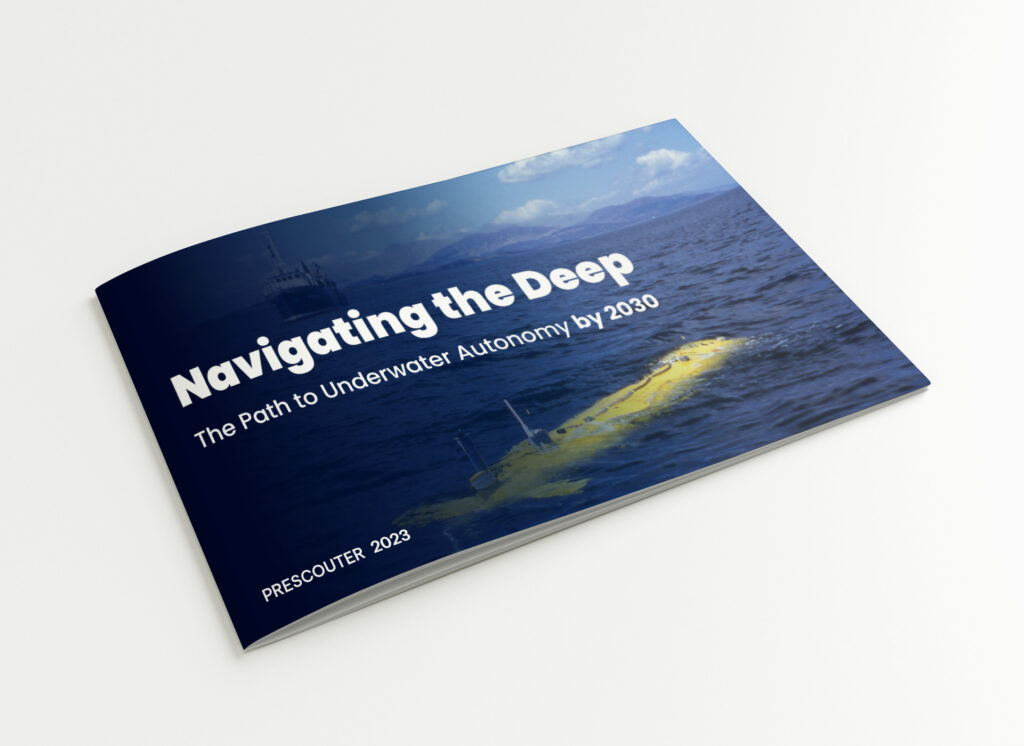Autonomous operations in underwater environments face significant challenges, from high data management costs to advanced technology investments required for AI-driven platforms. Issues such as data noise, communication disruption by water, and the need for enhanced processing power are critical barriers to full autonomy.
Despite these obstacles, the surge in patent applications signals growing research and development efforts in this sector. This discussion examines the essential developments and ongoing technological efforts towards achieving autonomy in underwater systems.
This Intelligence Brief outlines the financial and technical hurdles in achieving fully autonomous underwater AI systems. It details the expensive process of acquiring and annotating the necessary data, especially when using SONAR, with costs for labeling and updating this data ranging from $5 million to $10 million. This is before considering the initial data collection expenses.
Technologically, the report addresses the need for a substantial investment—around $100 million—to elevate existing platforms to complete autonomy. This includes tackling data noise and enhancing system latencies by thirtyfold. Aquatic-specific challenges, such as signal disruption caused by water, call for improved communication protocols and substantially reduced latency.
The Intelligence Brief discusses the requirements for advanced system architecture and edge computing to reach the desired computational goals. It notes the necessity for a significant advancement in technology readiness levels (TRLs) to achieve real-world autonomy, despite progress with current AI models.
The surge in patent filings in the field underscores the active expansion of R&D efforts. The conclusion suggests that while progress is evident, achieving full autonomy underwater will require ongoing and focused research and development.
In this Intelligence Brief you will find:
- Limitations and requirements for AI engines.
- Current tools and data sets to support the development and training of a functional AI engine.
- Case studies and relevant developments.
- IP Landscape
- Ways to develop new data sets or augment existing ones to enable autonomy of AI engines








